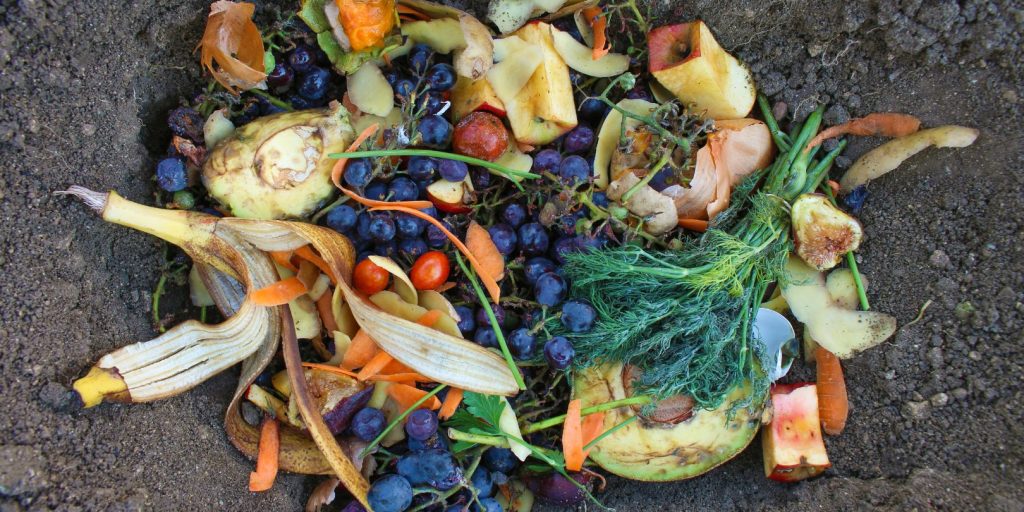Composting for Beginners: How To Turn Food Scraps Into Fertilizer

Composting is a great way to reduce your carbon footprint and give back to the planet while also creating something you can use to your benefit. It is an easy process that takes organic waste, including food scraps, and turns it into soil-enriching fertilizer. It’s a fantastic way to reuse materials that would otherwise end up in landfills, and you’ll be rewarded with great soil packed with nutrients.
In this post, we’ll provide a beginner’s guide to composting and explain how you can get started. We’ll discuss the different types of composting, its benefits, and how to ensure your compost is successful. Let’s get started so you can begin composting in no time!
What Is Composting?
Composting is a process of recycling organic waste material into a nutrient-rich soil amendment that can be used in gardens and on potted plants. This natural form of fertilization can replace the use of synthetic fertilizers. It is an easy and inexpensive way to improve the health of soil and the productivity of vegetation while reducing waste in landfills.
Getting Started
Getting started with composting is easy as there are very few strict rules to follow. The main goal is to create a balanced mix of nitrogen (green items such as food waste) and carbon (brown items such as wood chips or leaves). Once a composter has the necessary materials, it is just a matter of combining them together in the proper ratio and providing enough oxygen to help them break down.
Collecting Organic Waste
You should begin collecting organic waste from your kitchen, garden, or yard in your composter. Food scraps, coffee grounds, vegetable peels, eggshells, paper towels, newspaper, yard clippings, and leaves are all ideal items to put into a backyard or kitchen composter. It is important to avoid adding animal-based products such as dairy or meat scraps as these can lead to an unpleasant odor and attract unwanted pests.
Aeration
Aeration ensures oxygen reaches the microorganisms responsible for breaking down the organic matter in a compost pile. This can be achieved by turning the pile every few days with a pitchfork or shovel or using a specialized aeration tool such as an aerating drill bit to ensure more efficient air circulation throughout the compost material.
Management
In order for composting to be successful, it is important to maintain adequate moisture levels inside the pile. A good rule of thumb is to keep the moisture content between 40-60 percent. Compost piles should also be kept warm through insulating covers or blankets to speed up the decomposition process. Finally, microorganisms thrive in slightly acidic conditions so adding lime regularly keeps the pH level low enough for them to work efficiently.
Harvesting Compost
The length of time it takes for a compost pile to become fully decomposed varies depending on environmental conditions and other factors. Generally speaking. However, compost should be ready within eight weeks if it is managed correctly throughout the process. When finished compost is visibly darker than when it was started, it is time to harvest it and use it as fertilizer for gardens or potted plants!
Conclusion
Composting is a simple yet rewarding way to turn food scraps and other organic waste into valuable garden soil. By understanding the basic principles of composting, including collection, aeration, and management, any beginner can create their own nutrient-rich soil amendment for their plants. With just a little effort, it is easy to turn food scraps into something beautiful and useful for the garden. All in all, composting is an easy and sustainable way to reduce waste and help the planet while also helping your own greenery!